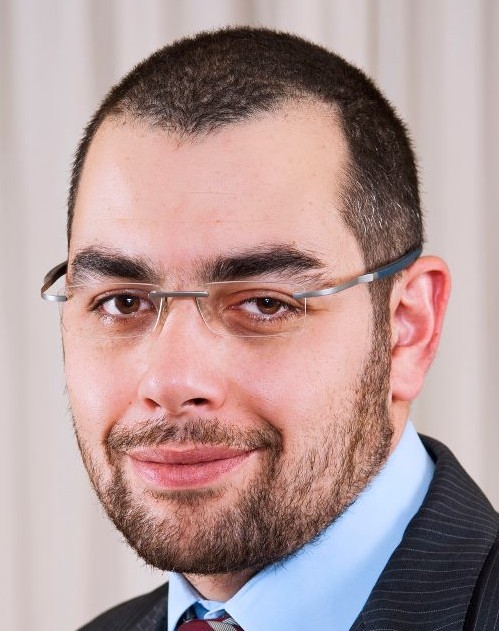By Rania Al Malky
CAIRO: Under the scorching August sun on the third day of Ramadan, a couple of hundred protesters cheered as a helicopter flew over the New Cairo Police Academy.
I was there. I saw it.
But until a large TV screen outside the court showed state TV footage of Mubarak being transferred from the helicopter ambulance, I refused to believe that it carried Egypt’s humiliated tyrant, ousted president Hosni Mubarak.
Minutes later, the big screen, like TV screens all over the country, showed ex-interior minister Habib El-Adly in his blue prison suit enter the dock with his six aides, followed by Mubarak’s two sons Alaa and Gamal then the piece de resistence, Mubarak himself, on a hospital gurney in the black iron cage.
This milestone in Egyptians’ long struggle for democracy and the rule of law is only comparable to February 11, 2011, the fateful Friday afternoon when then vice-president Omar Suleiman announced that Mubarak was relinquishing his authority to the Supreme Council of the Armed Forces (SCAF).
Looking at the events of the past six months, no one would have imagined that Mubarak will actually appear in the dock, with his former heir apparent and his henchmen. For the first time in history an Arab leader overthrown in a leaderless mass uprising, is subjected to a public civil trial aired live all over the world.
Suspicion over how far the SCAF was willing to cut loose their former commander-in-chief had reached such highs that protesters had returned to Tahrir Square in the thousands, many of them deciding to continue their sit-in until they saw justice for the martyrs’ families in the form of swift and transparent trials of Mubarak and those implicated in the killing of protesters.
Their tireless pressuring finally bore fruit.
It’s hard to overlook the intense irony of trying Mubarak and El-Adly, who were both toppled by a popular revolt on Police Day in protests held to draw attention police brutality, at a facility where Egypt’s much-maligned police receive training.
Now that Mubarak’s physical presence in court is no longer an issue of debate (except perhaps for one rogue lawyer who demanded during the opening procedural hearing DNA tests to prove that the man on the stretcher was indeed Mubarak, not a lookalike) what happens next will be the subject of intense speculation in the next few days.
The fact that both the defense lawyers and others representing martyrs’ families have requested the summoning of the head of the SCAF, the virtual ruler of Egypt, Defense Minister Hussein Tantawi as a witness has placed the SCAF in a crucial bind.
Will Tantawi testify before the court against the man who ensconced him at the helm of Egypt’s most powerful institution for 20 years? And if he does, how does he expect to be shielded from public accountability once the SCAF hands over power to a civilian government?
But such questions aside, the moral and symbolic relevance of this trial cannot be overstated. That’s why it astounds me when I hear people who supported the revolution heart and soul express views to the tune that Mubarak should not be publicly humiliated in this trial because this takes away from the “authority and dignity of the state.”
It’s unconscionable to speak of the dignity of the state when over 850 citizens were murdered at the hands of this so-called state which systematically stamped on the dignity of Egyptians for decades, again using the pretext of national security and the greater good.
From today onwards, no Egyptian president, whoever he may be will dare take the Egyptian people for granted.
No matter what the outcome of this trial and no matter what our next constitution will look like, today has proven that Egyptians have already written their own constitution, one of zero tolerance to tyranny, subjugation and violation of human rights.
Rania Al Malky is the Chief Editor of Daily News Egypt.


